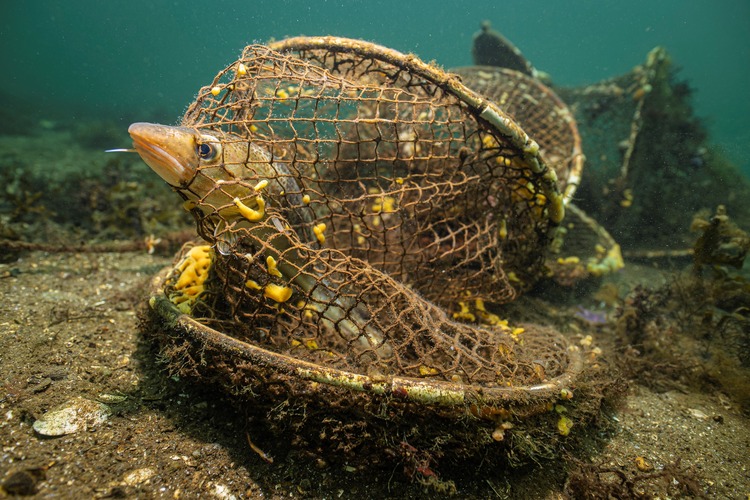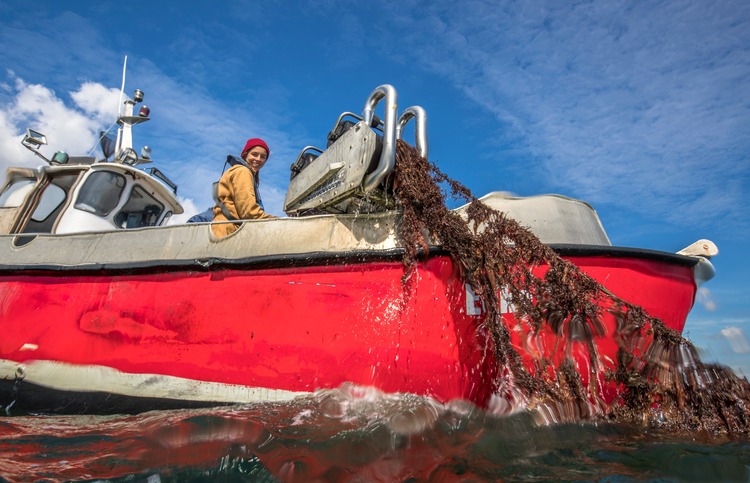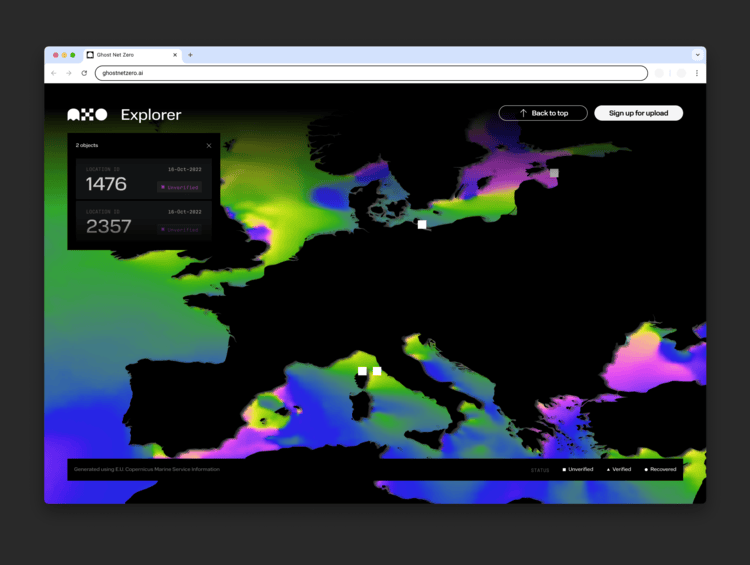
New platform uses AI to detect where abandoned fishing gear is likely to be found on seabed floor, replacing time-consuming manual searching
By
Every year, around 640,000 tonnes of ghost gear – abandoned fishing equipment lost or discarded in the ocean – ends up in seas around the world. That’s equivalent to more than 1.4 trillion cotton buds.
Now, an AI-supported platform has been developed to combat this vast swathe of pollution, which has previously been notoriously difficult to detect and remove due to its ability to drift in both large and unexpected distances.
WWF Germany, alongside the Microsoft AI for Good Lab and Accenture, has launched the platform – ghostnetzero.ai – which uses existing high-resolution sonar data of the seabed to detect where ghost nets are likely to be found around the world.

Then, these areas are marked before being validated by a human in a process much quicker than ‘tedious manual searching’, according to Chief Creative Officer at Accenture Song ASG Thomas Knüwer.
Enjoying this article? Check out our related reads:
Already, the AI can determine the location of ghost gear with an impressive 90 per cent accuracy. Subtle differences between polluting ghost gear, and an underwater cable, for example, are reliably detected by the new system.
The technology will also allow WWF to extend its search for ghost gear into larger areas of the sea.

Such a breakthrough is vital for eradicating plastic pollution in our waters: ghost gear makes up around 30 per cent of marine plastic waste, and can have disastrous consequences for marine ecosystems and animals alike. Large nets can continue to pose hazards for aquatic life by entrapping them long after they’ve been discarded due to their durable design; while other fishing gear can continue to decompose in the water and lead to microplastic pollution as they break down into smaller parts.
It is estimated that up to 2.5 per cent of all fishing gear is lost in the ocean every year, including more than 78,000 sq km of nets, 25 million pots and traps and 740,000 km of longlines.
‘Ghost nets endanger marine animals and ecosystems and make up a significant proportion of plastic waste in the ocean, but they are invisible under the water surface and their detection is complex,’ said research diver and project manager at WWF Germany Gabriele Dederer. ‘The combination of sonar search and AI-supported detection enables a quantum leap: the seabed is mapped all over the world and there is a huge amount of data.’
‘If we can specifically check existing image data from heavily fished marine zones, this is a real game-changer in the search for ghost nets. We hope that research institutes, authorities and companies will take part in the collaboration,’ Dederer continued.




